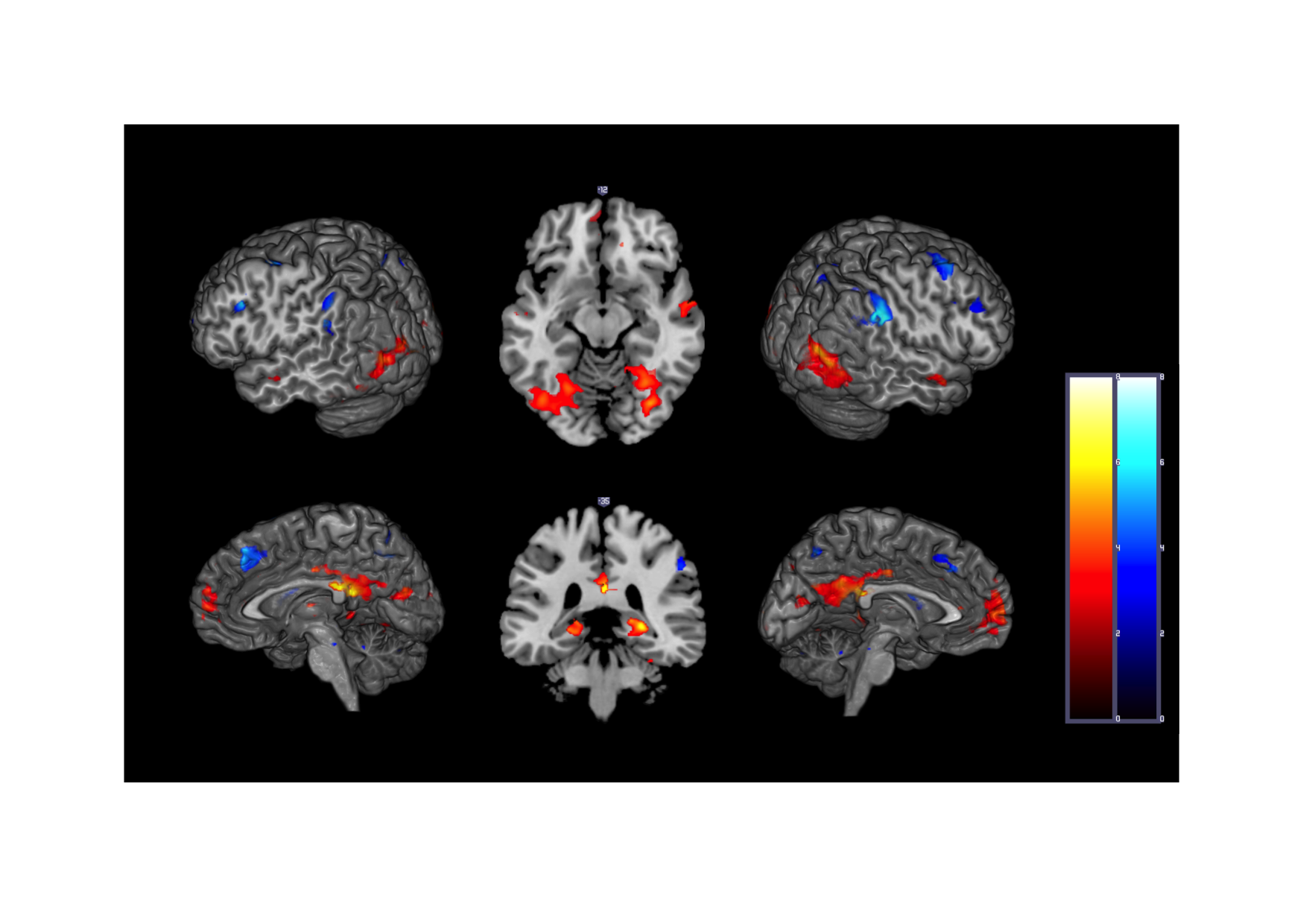News
Is recursion modular?
An fMRI investigation of visuo-spatial recursion
This study (Martins et al., 2014) investigates the neural circuits involved in the processing of visuo-spatial hierarchies. We compared brain activations across three tasks: a similarity task; an iterative task, which embeds objects within previously existing hierarchical levels; and a recursive task, which iteratively generates new hierarchical levels. Our results suggest that, in comparison with iteration, recursion activates more strongly circuits involved in the integration of spatial and abstract categorical information, namely the posterior cingulate cortex, retrosplenial cortex, and the medial, ventral and anterior regions of temporal cortex. Recently, Broca’s area has been implicated in the processing of serially presented hierarchical structures. However, in our study, this area was generally active in the processing of rule-based iterative processes, and not specifically in recursion. These results question the role of Broca’s area as the core computational module for generating hierarchies, and suggest recursion as a representation modality implemented by a widely distributed brain network.
The image below shows brain activation during visuospatial processing of recursion (in red) versus processing of iteration (in blue).
Reference:
M.J. Martins, F.P. Fischmeister, E. Puig-Waldmüller, J. Oh, A. Geißler, S. Robinson, W.T. Fitch, R. Beisteiner, Fractal image perception provides novel insights into hierarchical cognition, NeuroImage, Volume 96, 1 August 2014, Pages 300-308, ISSN 1053-8119, http://dx.doi.org/10.1016/j.neuroimage.2014.03.064
Keywords: Visual processing, fMRI, Hierarchy, Recursive embedding, Parieto-medial temporal pathway
---
For a full list of recent publications please visit our Publications page. For an overview of media coverage please visit our Press page.
University of Vienna
Althanstrasse 14
1090 Vienna





